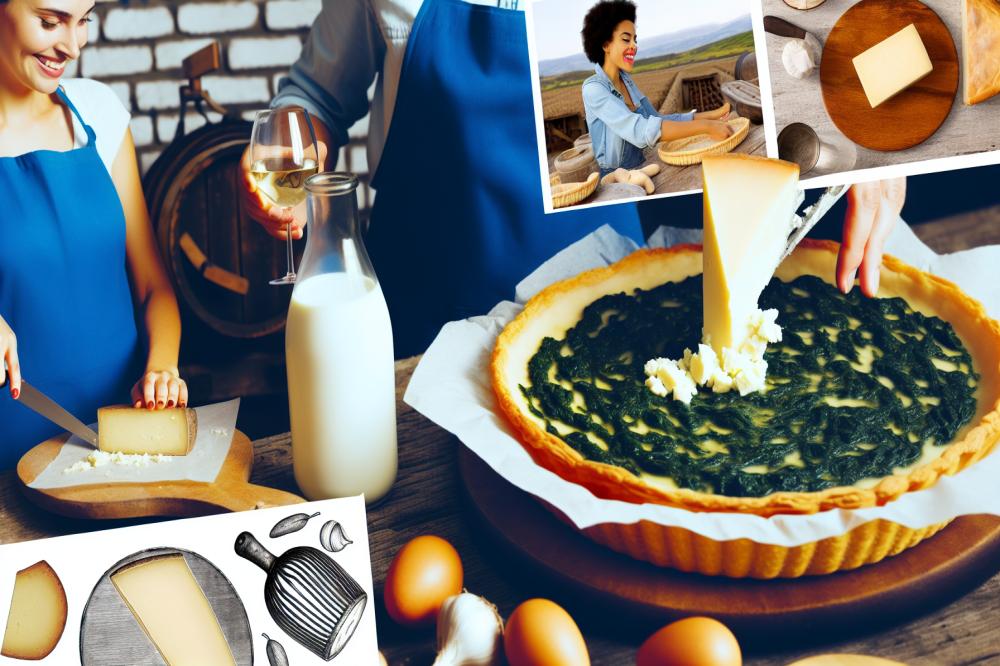The creaminess of Queijo da Serra: A Must-Try cheese experience
Overview of Queijo da Serra
Queijo da Serra stands out in the landscape of Portuguese cheeses. This famous cheese, hailing from the mountains of Serra da Estrela, delights many with its rich flavor and creaminess. Traditionally made from sheep’s milk, its production follows age-old techniques that reflect the region’s culture and history. The artisans who create it pour years of knowledge into every wheel, producing a remarkable product.
Origin and History
The roots of this cheese trace back centuries. Ancient farmers, drawn to the lush pastures of the Serra da Estrela, began crafting this delicious dairy product. Over time, it gained fame not only for its delightful taste but also for its importance in local traditions. Families have passed down recipes, blending history and culture into each bite. Even today, many celebrate this cheese at local festivals, showcasing its impact on community life.
Characteristics of Creaminess and Flavor
What sets this cheese apart is its one-of-a-kind texture. The soft and spreadable nature invites cheese lovers to explore its depths. When you cut into it, a smooth, buttery layer reveals itself, often oozing slightly from the wheel. This creaminess owes much to the milk used and the process of aging. The flavor showcases hints of earthiness, balanced by a touch of salt. Each bite brings a new experience, inviting you to savor every moment.
This luxurious cheese experience is not just about taste. It captures the authentic spirit of the Portuguese countryside. For anyone eager to dive into the world of gourmet cheeses, this one is a must-try. The combination of its historical roots and rich creaminess makes it more than just a food; it’s part of a culinary journey.
Queijo da Serra
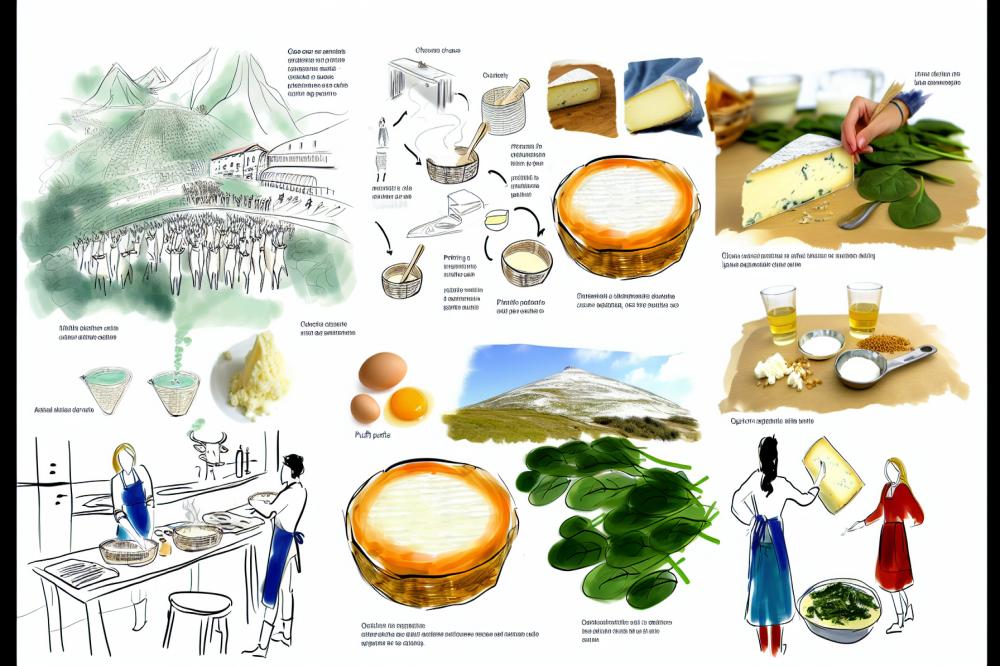
Producers craft this exquisite cheese using traditional methods that date back centuries. The process begins on the lush pastures of Portugal, where sheep graze freely. Local shepherds carefully collect milk from these animals, primarily from the Bordaleira and Verdega sheep breeds. Each breed contributes distinct flavors that influence the final product. Milk from these sheep is rich in fat, which is vital for achieving the creamy texture that lovers of this cheese adore.
The type of milk has a major impact on flavor and creaminess. Sheep’s milk offers higher fat content compared to cow’s or goat’s milk, which enriches the cheese with a buttery richness. Flavors vary based on the sheep’s diet. When the sheep eat wild herbs and grasses, the result is a more intense, aromatic taste. This natural diet contributes depth and complexity to the cheese.
Aging Process
Aging is another crucial step in producing this beloved cheese. After the curds are formed, they are pressed into molds. Then, the cheese undergoes a careful aging process that lasts from 30 to 90 days. During this time, flavors develop, and the texture changes significantly. Aged cheese becomes creamier and takes on a smoother mouthfeel. The environment where the cheese ages plays a role too. Humidity and temperature help shape not only its texture but also the overall taste.
As it matures, the flavors intensify and evolve. Younger cheese may have a fresher, milder taste while older varieties offer a more complex and rich profile. This variety allows cheese lovers to select based on their taste preferences. Collectively, the milk’s origin and the aging process contribute to a delightful experience. Enjoying this cheese offers a true taste of tradition, culture, and craftsmanship.
Cheese Experience
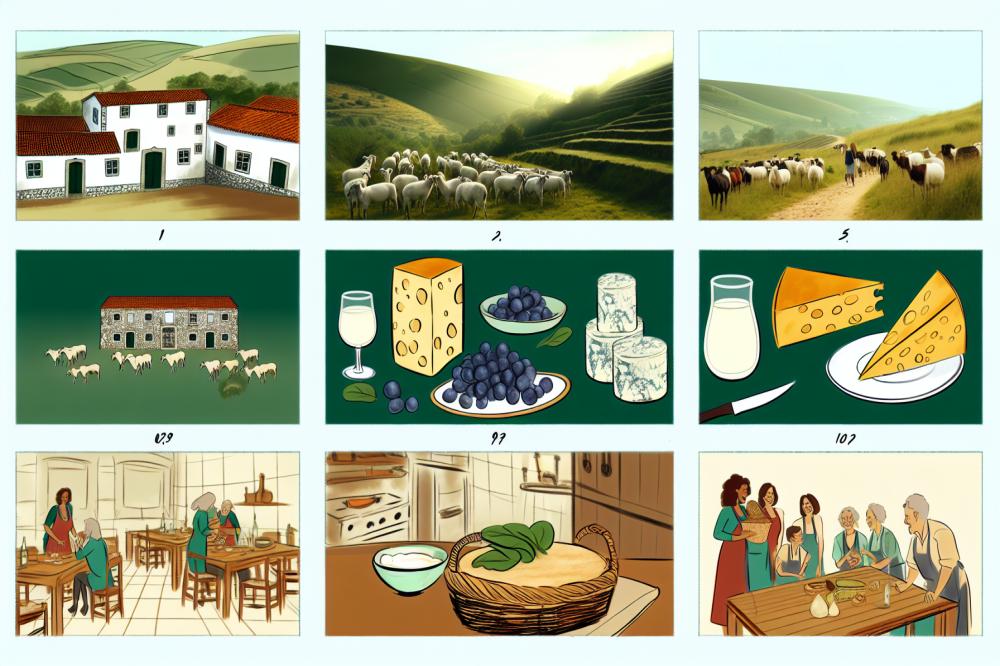
The enjoyment of Queijo da Serra can take many forms. One popular way is to simply savor it on its own, allowing the rich and creamy texture to melt in your mouth. Slices can be served on a cheese board, accompanied by fresh bread and olives. This approach highlights the cheese’s flavors and makes for a delightful snack or appetizer.
Pairing Suggestions with Wines and Other Foods
When considering wine, go for full-bodied reds like a robust Alentejo or a smooth Douro. These wines complement the cheese’s creaminess, creating a balanced tasting experience. White wines can also work, especially those with good acidity, like a mineral-rich Vinho Verde. Enjoying Queijo da Serra with cured meats like presunto or chorizo can also enhance its deliciousness. These meats provide a contrast, enhancing the overall flavor profile.
Culinary Uses in Traditional Portuguese Dishes
Traditionally, this cheese finds its way into many Portuguese recipes. It can be melted over roasted vegetables, providing a rich topping that elevates a simple dish. One well-known dish is “pão com queijo,” which features the cheese generously spread on crusty bread, often enjoyed with a local beer. It can also be used in pasta dishes, adding creaminess to sauces or served on top of steaming hot risottos.
In some regions, it graces hearty soups, providing richness to broths commonly found in winter meals. Its versatility allows it to bring flavor to many culinary creations. Each bite offers a taste of Portugal, making it a centerpiece in various dishes and gatherings.
Recipe: Queijo da Serra and Spinach Tart
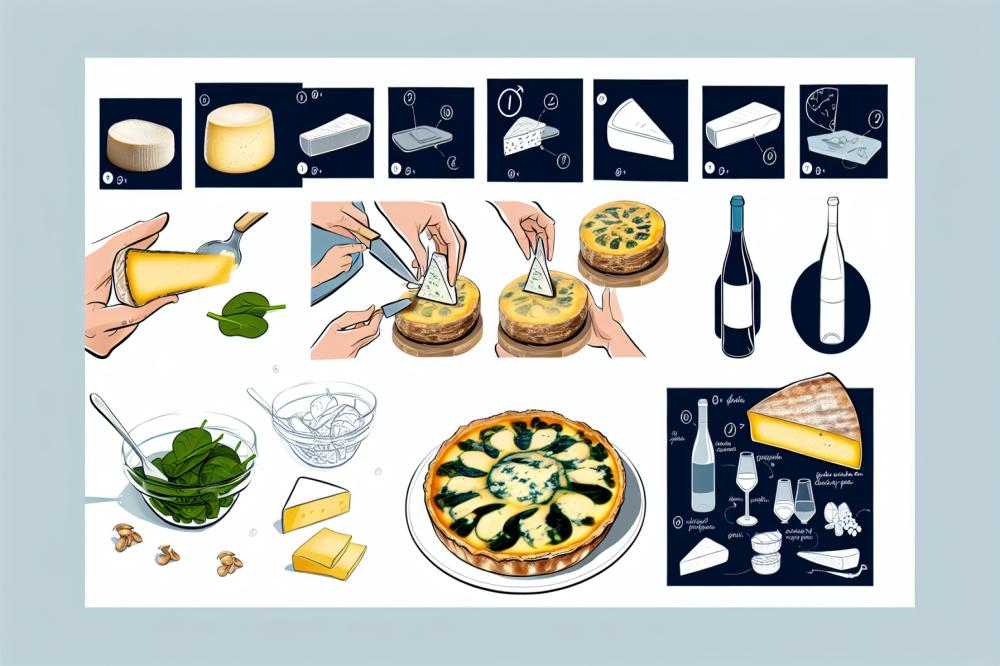
This delightful tart combines the rich flavors of cheese with the freshness of spinach. It’s a simple yet elegant dish that can impress any guest. Gather the ingredients, and let’s get cooking!
Ingredients:
- 250g Queijo da Serra cheese
- 200g fresh spinach
- 1 sheet of puff pastry
- 2 eggs
- 100ml cream
- Salt and pepper to taste
- Optional: Pine nuts for garnish
Instructions:
- Preheat your oven to 180°C.
- Clean the spinach thoroughly and sauté it in a pan until it wilts.
- In a mixing bowl, beat the eggs together with the cream. Add some salt and pepper to enhance the flavor.
- Roll out the puff pastry and place it in a tart pan, ensuring it fits snugly.
- Distribute the sautéed spinach evenly across the pastry base.
- Crumble the cheese over the spinach, allowing it to mix slightly for a better taste profile.
- Pour the egg mixture over everything, making sure it covers all the ingredients well.
- Bake in the preheated oven for about 30 minutes, or until the top is golden brown.
- If you like, sprinkle some pine nuts on top after baking for added crunch.
- Serve the tart warm for the best experience.
Nutritional Information:
This tart offers a mix of important nutrients. The cheese provides protein and calcium, which are essential for strong bones. Spinach adds vitamins A, C, and K, along with iron and dietary fiber. Together, they create a balanced dish.
Health benefits abound in this recipe. Cheese contributes to muscle growth and development, while spinach is known to support eye health and boost immune function. Enjoying this dish can be a delicious way to incorporate beneficial ingredients into your diet. Don’t forget, the added pine nuts can also bring healthy fats to the table!
Final Thoughts on a Cheese Journey
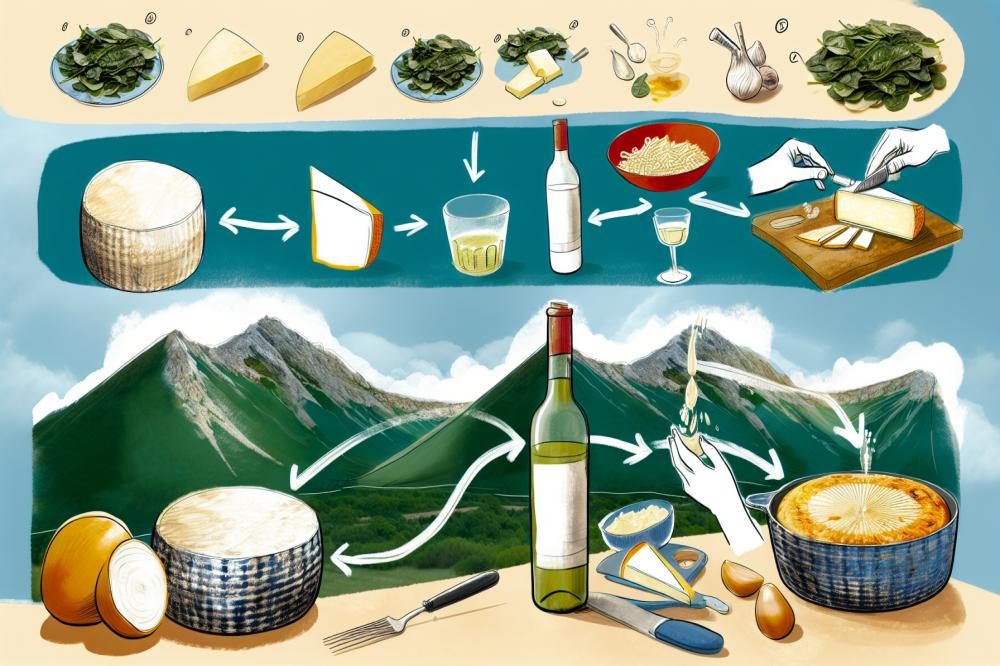
Experiencing the richness of Queijo da Serra is not just about tasting a cheese; it’s about immersing oneself in a tradition. This exceptional cheese highlights the best of what Portuguese cheese has to offer, with its remarkable creaminess capturing the essence of the region. Each bite tells a story, combining history, culture, and the art of craftsmanship.
Exploring more varieties from Portugal opens the door to a delightful world of flavors. With every cheese, there are new aromas and textures waiting to be discovered. Whether it’s the robust flavors of an aged cheese or the mildness of a fresh one, there is always something that surprises and delights cheese lovers.
Culinary adventures await those willing to step out and try different cheeses. Gathering friends and family to taste these artisanal products can create unforgettable moments. Sharing impressions and experiences deepens appreciation for the efforts behind each cheese. Such gatherings often lead to laughter and connection, fueled by delicious food.
In summary, dive into the journey that cheese tasting provides. The creaminess of each wedge is just the beginning. Allow your taste buds to explore the rich landscape of Portuguese dairy. With each bite, enjoy the flavors that not only satisfy hunger but also inspire a greater appreciation for culinary craft.

